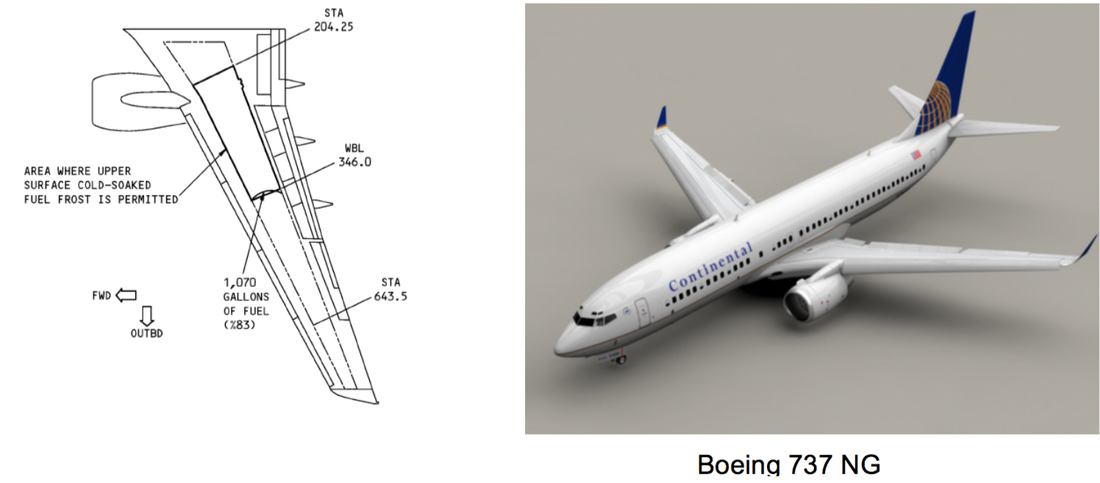digits_ wrote: ↑Sun Jan 13, 2019 6:37 pm By showing them charts and data that tells you exactly how bad of an idea it is. How much performance you are losing by taking off with even 10% of the wing covered in frost.
It's nice to know a plane covered in ice can lose up to 40% of lift and get an additional 60% of drag, or whatever the number of the month is. But that's now what kills pilots. It's the "hmm my wing is covered with frost over the fuel tanks, and there are some chuncks of ice on the leading edge" and then the next day it's something else, a bit more ice. And you always get more and more comfortable in taking on more ice. Because nobody knows how much is too much. And if you look in the books, it's "any ice is too much", which you, and 74% of the pilot population have already disproved.
If you can't guarantee pilots the oppportunity for a proper deice, then give them correct information. Have manufacturers do the tests. Figure out how much is too much, and show that you really shouldn't be taking off with contamination.
You ask for charts and research. The research was done. You even mention the numbers learned. 40% reduction in lift 30% increase in drag etc. So what else do you want? Figure out how much is too much? According to the knumbers above, any frost more than an 1/8th of an inch. So basically any at all. Hense the rule "no contamination is safe" safe doesn't mean "able to take off" you can as mentioned before take off a bit overweight.. in the right conditions. But it's still not safe.
You don't need to guarantee pilots the opportunity for a proper de-ice or even tell them "what tiny amount is acceptable" the whole point is none is acceptable (not possible but acceptable) don't fly. The fact that people break rules means nothing. Bring down the fricken hammer on anyone caught. Permanent loss of license.






